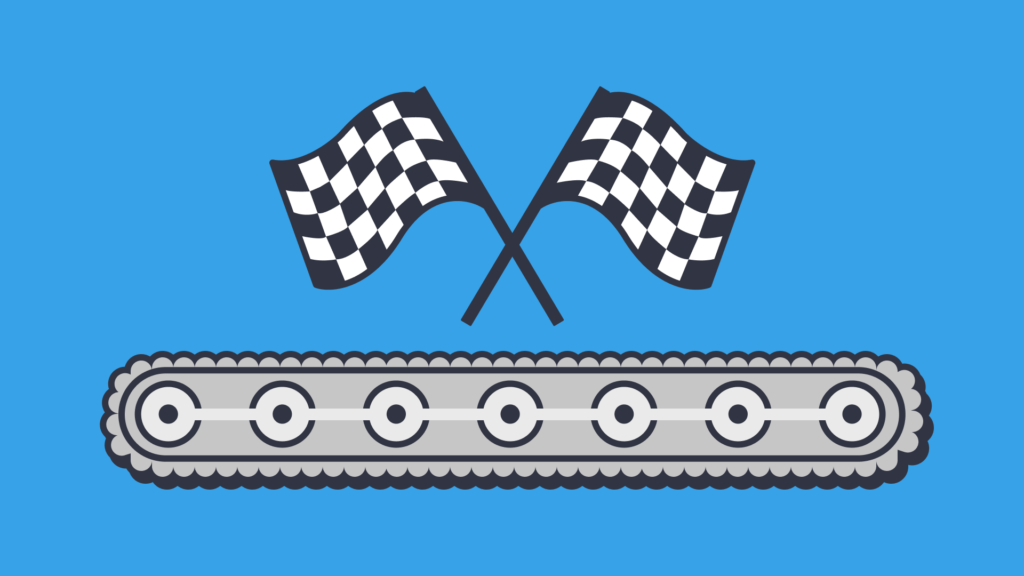8 Fun Labor Day activities for students
In this guide
Every year we celebrate Labor Day on the first Monday of September. Schools are closed, parents are off from work, and teachers are gearing up for the year ahead. Labor Day marks the unofficial end of summer, and I for one couldn’t be more grateful to see the worst of the heat behind me and the promise of fall in the air!
For schools in the Northeast, classes usually begin right after the holiday weekend, so students might not be as excited about it. The good news is, you’re starting off the school year with some timely content to cover.
The first Labor Day was celebrated in 1882 in New York City, and today it is a national holiday dedicated to celebrating the social and economic achievements of workers. So, how can you express the importance of this day to your students? Read on for some fun activities that will help them understand the meaning behind the precious day off.
1) Explore a future career
Labor day is all about celebrating the everyday worker, and one easy way to get your students thinking about careers is to ask them what they want to be when they grow up. This is an especially versatile prompt because it is universally relevant and simple to scaffold based on age and ability. Here are just a few suggestions for a career-based project:
- Create a collage or vision board centering your dream job
- Write a persuasive essay about the importance of your desired career
- Create a Powerpoint presentation or triboard displaying facets of your chosen job and present to the class
- Interview someone – virtually or in person – in your chosen career field
2) Host a career fair

Younger students in particular may not know about the wide array of careers out there. In order to introduce them to some options, you might consider hosting a career fair in your classroom or at your school.
Begin by inviting the parents of your students or other trusted members of the community to visit and talk about what they do at work. Don’t forget the wide array of custodial and administrative workers already present in the building!
If your students are interested in a particular career that is not represented by someone easily accessible to you, there’s always the option to connect virtually.
3) Uncover the history of the holiday
Labor Day isn’t always for thinking about the future – it’s also a time to look to our past. Have your students uncover the history of Labor Day by working together to create a timeline of important events in American labor history.
If there are particular events or dates you want your class to explore further, consider assigning a group to research each topic and asking them to present their findings. Some creative options for sharing out are acting out a skit, filming a short video, and creating a representational artwork.
To get you started here are three stories that you can share with your students about some events in American labor history:
4) Research an important figure

Of course we’d be remiss to solely focus on important events in U.S. labor history without acknowledging the important figures who made them happen. Ask your students to choose a person who was in some way significant to the labor rights movement and research their life and contribution. You can use this video about Latina Labor Activist, Emma Tenayuca as a starting point.
5) Give thanks to the community
Another way to celebrate Labor Day is to raise awareness for the people in your community who help us every day. Brainstorm with your students a list of people around them who are everyday heroes and help keep the community running. Some examples are:
- Policeman
- Fireman
- Sanitation worker
- Doctor or Nurse
- Mail carrier
- Grocery cashier
- Custodial worker
- Teacher
Once you’ve finished making your list, ask your students to choose one and write that person a thank you letter. The finished notes can be delivered to their addressee or kept in the classroom as a daily reminder to practice gratitude.
6) Career charades
Okay, now how about some games? I love a good game of charades, and bonus if it’s educational!
Write out some well-known jobs on small pieces of paper and ask your students to choose one at random. Students should take turns silently acting out their assigned job while their peers try to guess what that job is.
7) Assembly line race

One of the most important developments to come out of the industrial revolution was the rise of the assembly line and the prevalence of factory work. These dangerous jobs were a huge factor in the rise of the labor rights movement in Europe and the U.S.
Allow your students to experience the efficiency of the assembly line without the dangerous conditions in an assembly line race! Divide your class into teams with each participant assigned a specific task. Similar to a relay race, your students should work together to complete a finished product as quickly as possible.
The finished product can be anything with multiple parts. Some easily accessible materials you might consider using are paper cutouts, beads, or blocks.
8) Read a book
If you’ve read any of my blogs before, you probably know I’m a huge fan of historical fiction. Of course there’s room for other literary genres in the classroom too – biography and nonfiction history are also huge helpers when it comes to learning American history.
I’ve listed some suggestions for you to read together or assign in your classroom to explore the labor rights movement below:
- Night Job by Karen Hesses and G. Brian Karas (Recommended for ages 3–7)
- Thanks to Frances Perkins: Fighter for Workers’ Rights by Deborah Hopkinson and Kristy Caldwell (Recommended for ages 5–9)
- On Our Way to Oyster Bay: Mother Jones and Her March for Children’s Rights by Monica Kulling and Felicita Sala (Recommended for ages 5–10)
- Memphis, Martin, and the Mountaintop: The Sanitation Strike of 1968 by Alice Faye Duncan and R. Gregory Christie (Recommended for ages 8+)
- Kids on Strike! by Susan Campbell Bartoletti (Recommended for ages 10+)
- Bread and Roses, Too by Katherine Paterson (Recommended for ages 12+)
- The Grapes of Wrath by John Steinbeck (Recommended for ages 12+)
So there you have it – teaching and learning about labor day doesn’t have to be hard work (pun intended). Any one of the activities above is sure to get your students reflecting on the importance of the hard workers in their community, and the challenges American society has faced in obtaining workers’ rights.
Resources and further reading
- Cockshott, P. (2020). How the World Works. NYU Press.
- Eric Leif Davin (2009). American Labor History Made Easy! Lulu.com.
- Greenhouse, S. (2020). BEATEN DOWN, WORKED UP : the past, present, and future of American labor.
- Dol.gov. (2018). History of Labor Day | U.S. Department of Labor. [online] Available at: https://www.dol.gov/general/laborday/history.
- History.com Editors (2009). Labor Movement. [online] History.com. Available at: https://www.history.com/topics/19th-century/labor.
- Melvyn Dubofsky and Joseph Anthony Mccartin (2017). Labor in America : a history. Hoboken, Nj: John Wiley & Sons.

Jessica Pastore
briefcase iconMuseum Educator
Jessica Pastore is a museum educator living and working in New York City. Her background is in social studies education and world history. She has taught in both classroom and gallery settings for the past ten years.
Other posts
Want more content like this?
Subscribe for blog updates, monthly video releases, trending topics, and exclusive content delivered straight to your inbox.













